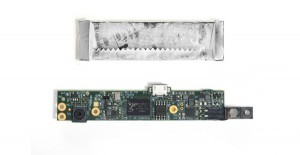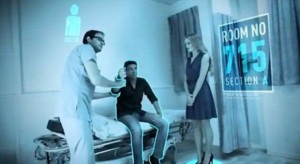

The Capri is about 10X smaller than the original, making it the smallest 3D sensing device out there. It works essentially the same way as its older big brother; sensing both depth and color, as well as movements and gestures. PrimeSense has also improved its algorithms, which lets the Capri have multi-modal 3D sensing capabilities. The Tel Aviv-based company plans on selling the chip for applications in smartphones, tablets, TVs, laptops, PCs, and consumer robotics. These devices should be starting to make an appearance around mid-2013. PrimeSense’s long-term goal is to continue to manufacture these chips smaller and cheaper; allotting consumer electronics to greatly increase their capabilities by giving them the gift of sight. Initially, the most popular use of this technology will be turning every TV and monitor into a “touchscreen”, but it will eventually greatly change the way we operate the world around us.





 Laptop & Tablet Parts
Laptop & Tablet Parts





















One Response to PrimeSense Wants to Create A World of 3D Sensing